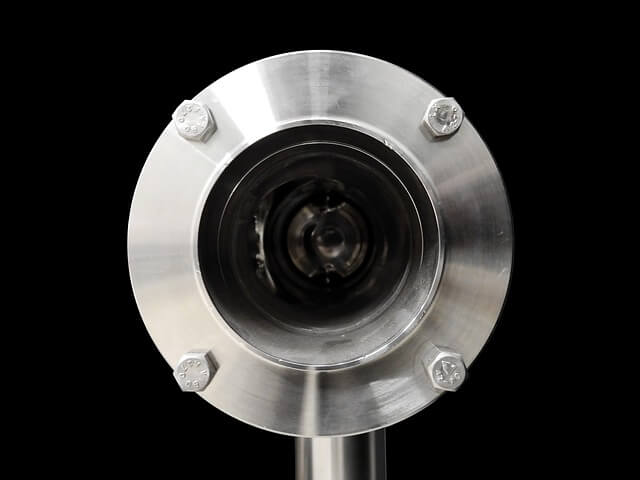Introduction of Gel Blasters and Composition of Beads
Gel blasters have gained traction as a form of recreational activity, offering an engaging pastime that combines team play with individual marksmanship. These toys propel small water-absorbent beads made primarily from superabsorbent polymer (SAP). Typically composed of sodium polyacrylate, these SAP beads can absorb and retain extremely large amounts of water relative to their size. When immersed in water, they expand up to 200 times their original volume, creating soft, gel-like pellets that are safe for play. This transformative feature is fundamental to gel blaster technology, allowing users to shoot the beads at high speeds without causing damage or injury as would be associated with traditional ammunition.
Composition of Gel Blaster Beads
The core substance that constitutes gel blaster beads is a super-absorbent polymer (SAP), which is a cross-linked, network-like structure capable of holding a large quantity of water relative to its own mass. SAPs are known for their remarkable capacity to absorb and retain liquid—a property extensively harnessed in products like diapers and agriculture. To transform this dry polymer into spheroidal beads suitable for gel blasters, the granular SAP undergoes a hydration process. During this phase, the tiny polymer particles are submerged in water, triggering them to swell as they imbibe liquid and expand exponentially from their original size. This swelling continues until each particle achieves its full potential diameter, forming soft, water-filled gel beads with an elastic texture that bursts upon impact—a key characteristic essential for safe gameplay in gel blasters.
Environmental Impact of Gel Blaster Beads
The biodegradability of gel blaster beads presents a significant environmental consideration, as these materials are often compared to other recreational ammunition in terms of eco-friendliness. Composed primarily of superabsorbent polymer (SAP), commonly sodium polyacrylate, gel blaster beads can absorb and retain large amounts of water, swelling to many times their original size. When left in the environment, quality SAP-based beads will eventually break down over time through hydrolysis and microbial action, reducing their potential impact on ecosystems as opposed to non-biodegradable alternatives like plastic airsoft pellets. However, this biodegrading process is not immediate, and factors such as humidity, UV exposure, and microbial activity play pivotal roles in determining the decomposition rate.
Proper Use of Gel Blaster Beads in Gel Blasters
To ensure the proper functioning of gel blasters, it is crucial to use gel beads correctly. Initially, the beads must be hydrated according to manufacturer specifications—usually soaking in water for a specified amount of time—until they reach the correct size and consistency. Avoid over-hydrating as overly soft beads can cause blockages. During play, load the beads into the magazine properly to prevent jamming: align them neatly and avoid forcing them in. Post-use, clear any leftover beads from the blaster’s barrel and internal mechanisms to maintain optimal performance.
Maintenance Tips for Gel Blaster Beads
Maintaining the quality of gel blaster beads extends not only their lifespan but also that of the blaster itself. Store unused beads in an airtight container away from direct sunlight and extreme temperatures, which could degrade their structure. Once used in a blaster, dispose of beads responsibly—they are biodegradable but can still pose a risk to wildlife if left in the environment. Regularly inspect your gel blaster’s hopper and feed systems for signs of wear or residual bead fragments, cleaning as necessary to prevent future malfunctions.
Alternatives to Traditional Gel Blaster Beads
In seeking alternatives to traditional gel blaster beads, which are typically made of super-absorbent polymer (SAP), researchers have explored various biodegradable materials that lessen the environmental impact without sacrificing performance. Noteworthy among these are starch-based compositions and a mix of compostable ingredients designed to degrade more rapidly in natural environments. These eco-friendly options aim to deliver an efficacy similar to SAP beads, expanding upon their water retention and projectile capabilities while significantly reducing pollution. Comparative studies focus on ensuring that they match the flight trajectory, impact force, and break-down rate required for safe and enjoyable gameplay, with the added advantage of minimizing post-game clean-up and wildlife risks.
Other Articles You Might Enjoy
- Development of High-Performance Plastic Beads and Their Future Applications in Bead Blasting
The Development Journey of High-Performance Plastic Beads The evolution of high-performance plastic beads represents a significant advancement in material science, offering vast applications in various industries, including automotive, aerospace, and…
- Use of bead blaster for precision machining
Introduction to Bead Blasting in Precision Machining Bead blasting is an abrasive finishing process utilized in precision machining to clean or modify the surface finish of a workpiece. This technique…
- Enhancing Surface Quality and Performance of CNC Machined Parts with Glass Beads
Introduction: The Importance of Glass Bead Blasting in CNC Machining In the intricate world of CNC machining, achieving precision is only part of the equation; the quest for excellence extends…









